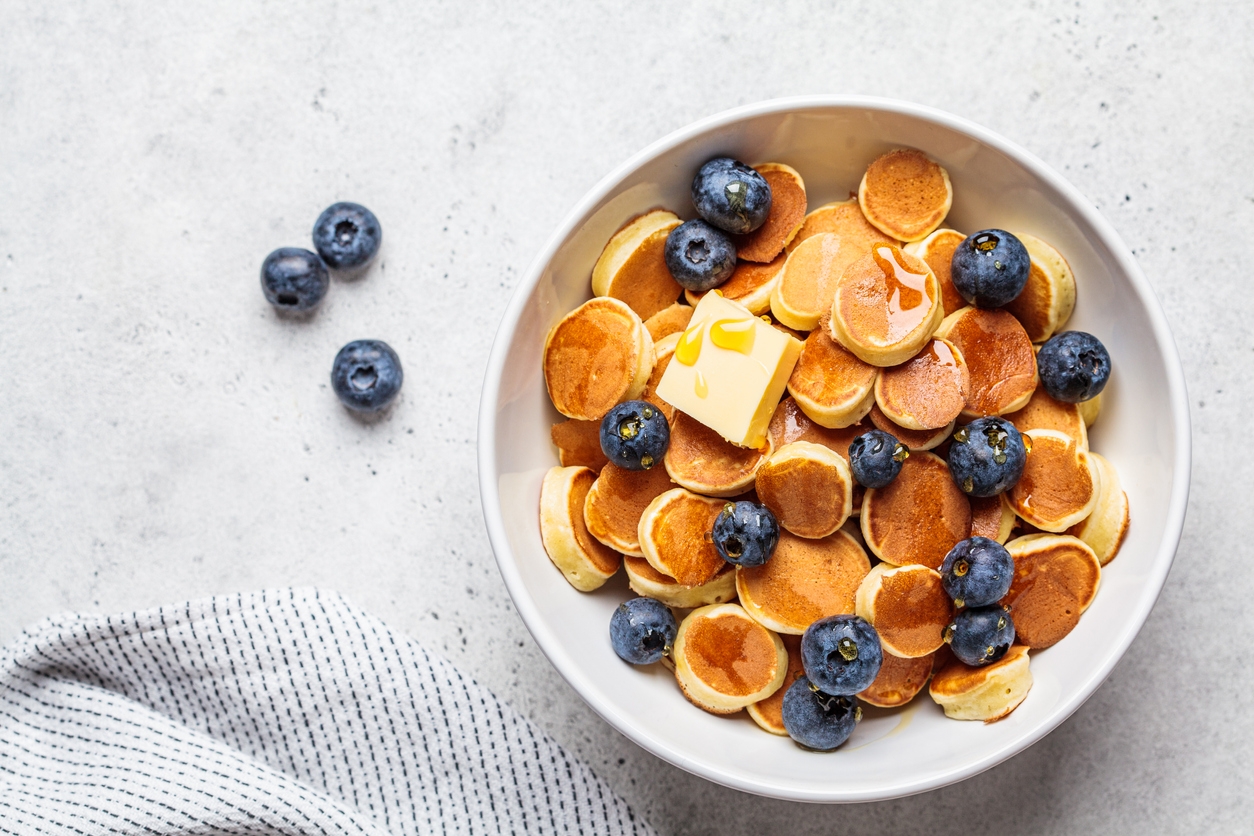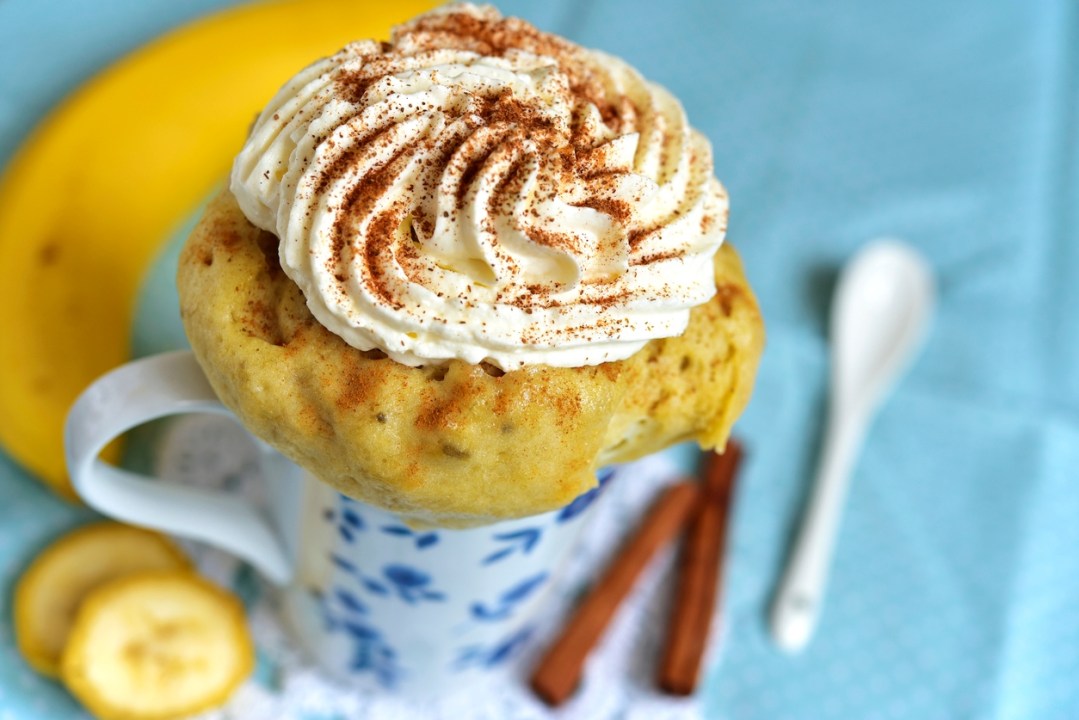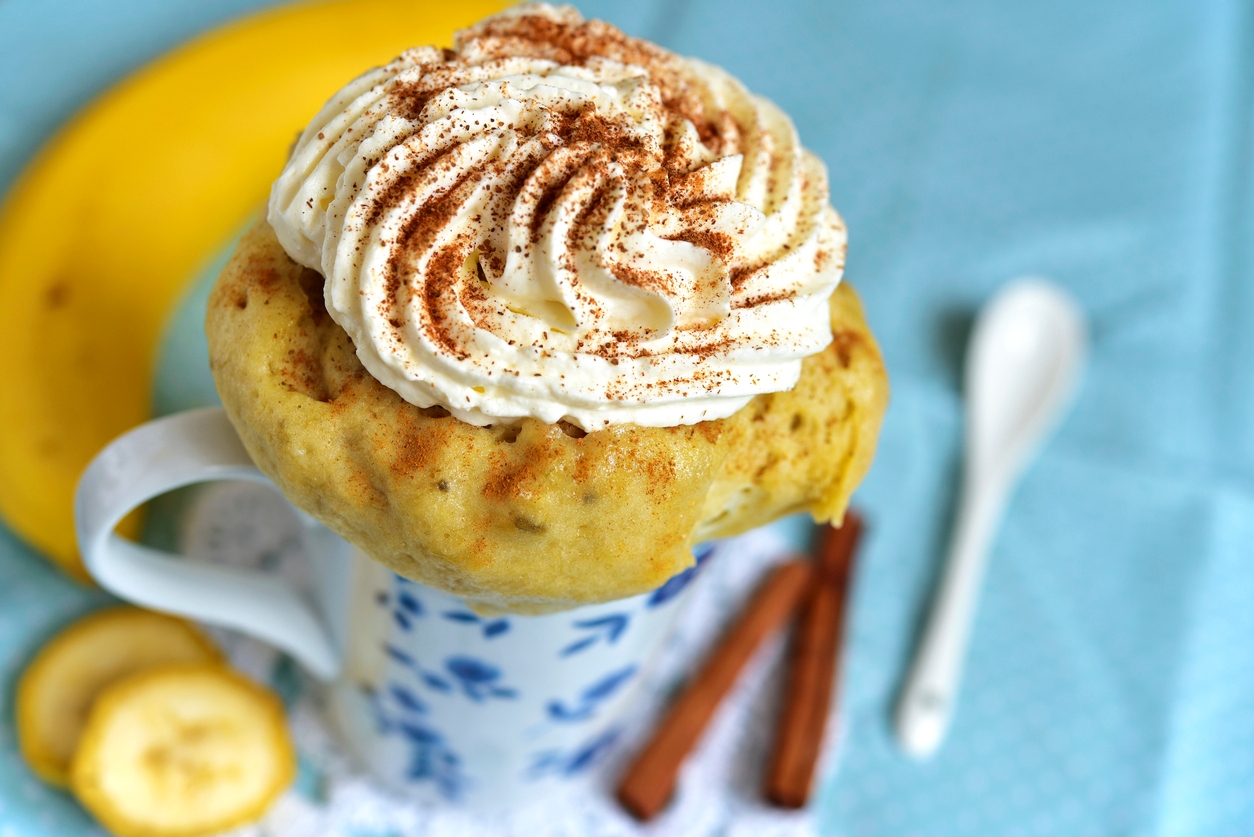An iron is not your traditional cooking appliance. But then again nothing about TikTok cookery is traditional.
TikTok users have grilled chicken with an iron, boiled meatballs in a percolator, and cooked steak in a toaster. And not only do they do these things, but they earn internet fame and sometimes create new livelihoods for themselves as ‘influencers’ for doing so.
Dance and comedic sketches used to be the mainstay of TikTok’s content but they now compete alongside cookery videos. Lockdown, which has turned all of us into home cooks, has caused a boom in cookery tutorials on social media: from amateurs looking for dinner ideas to professional chefs suddenly without restaurants to run. The impact has been felt on all social media platforms, and indeed spawned new ones: Feasty, a platform designed especially for chefs and their followers, launched in the UK in March. But TikTok’s entrance into the culinary world has been the most explosive.
In Britain we have an insatiable appetite for watching food being cooked
The length of videos on TikTok is limited to 60 seconds. This was an extension from the original 15 second limit when it launched and the videos that do best in racking up views still tend to be short, often under 20 seconds. As with Twitter’s 280 character limit, it is not a form that lends itself to the highbrow. Hence TokTok’s top food trends range from the ‘Oreo mug cake’ (105 million views) to the ‘nacho table’ (189 million) to ‘pancake cereal’ (1.6 billion). Even the ostensibly wholesome is not always what it seems: ‘cloud bread’ – which is top of the TikTok food charts with 3.2 billion views – is often pumped full of food colouring to create the ultimate fluffy cloud effect.

Well-known celebrity chefs are active on the platform, not least Gordon Ramsay whose #RamsayReacts videos have been watched a mind-boggling six billion times. But mostly TikTok is creating a new troupe of stars: like Poppy O’Toole, Eloise Head, Madeleine Shaw, Tabitha Brown and Maya Smith (the latter specialises in videos of brightly-coloured Skittles Frappuccinos which gives you an idea of what to expect before you turn to her page for dinner party inspiration).
It is just about possible to construe a positive angle to this bite-sized culinary instruction. The problem in this country has long been that we all tend to own dozens of barely opened recipe books. TikTok is different: especially during the boredom of lockdown, its viral videos have real-world impact. When Alexandra Johnsson, an influencer with a million-plus followers, shared a tortilla #wraphack shared by another user, it was viewed 70 million times and Sainsbury’s saw tortilla sales rocket 56 per cent. Not all of the popular recipe trends are unhealthy: currently doing the rounds are pesto eggs and feta pasta. If the platform’s ability to serve up cooking demos in a format digestible to a millennial and Gen Z audience genuinely gets them in the kitchen making decent, nutritious home-cooked food then it is serving a useful purpose.
But I struggle to not find it profoundly depressing seeing what TikTok is doing to cookery. In Britain we have an insatiable appetite for watching food being cooked: the enduring popularity of Masterchef, Bake Off, Great British Menu and all the rest attest to that. And of course we have long favoured the quick and easy: Jamie has gone from a book on ‘30 minute meals’ to ‘15 minute meals’. But that is still real cooking, albeit requiring impressive knife skills and everything weighed out and ready on the counter. TikTok is different: its 15 second videos often resemble wacky science experiments producing dishes that are at best full of processed, calorific junk and at worst disgusting or simply inedible. And while the videos may be only seconds long, the endless scrolling soon adds up: the average TikTok user spends almost an hour a day on the platform.
What TikTok’s recipe successes cruelly expose is that it does not necessarily take any time, care or skill to make something taste nice. Of course something can be made to taste good, addictively so, if it’s filled with salt, sugar and fat, and invariably covered with cheese (cheese is very big on TikTok you see, there are teenagers devoting their formative years to trying to achieve the longest ‘cheese pull’). Whither then, classical techniques and fresh ingredients. It is all the more ironic when some forms of social media, such as Instagram, have provided a platform for real foodies and chefs to share their talents: lockdown would have been poorer without Valentine Warner and Rick Stein’s rather sweet home cook-alongs, and of course Stanley Tucci’s cocktail masterclasses. And while a chunk of millennials are embracing #cottagecore – a hankering after a bucolic kitchen-garden centred lifestyle – the rest (and especially Gen Z) appear more motivated to produce something that will boost their social media following rather than put a nutritious dinner on the table.
It would be a sad thing if we have to add to social media’s many ills the demise of real cooking. Time will tell. Meanwhile, let the TikTok-ers grill their chicken with an iron. I’ll use mine to press a shirt, and go to a real dinner party.







Comments